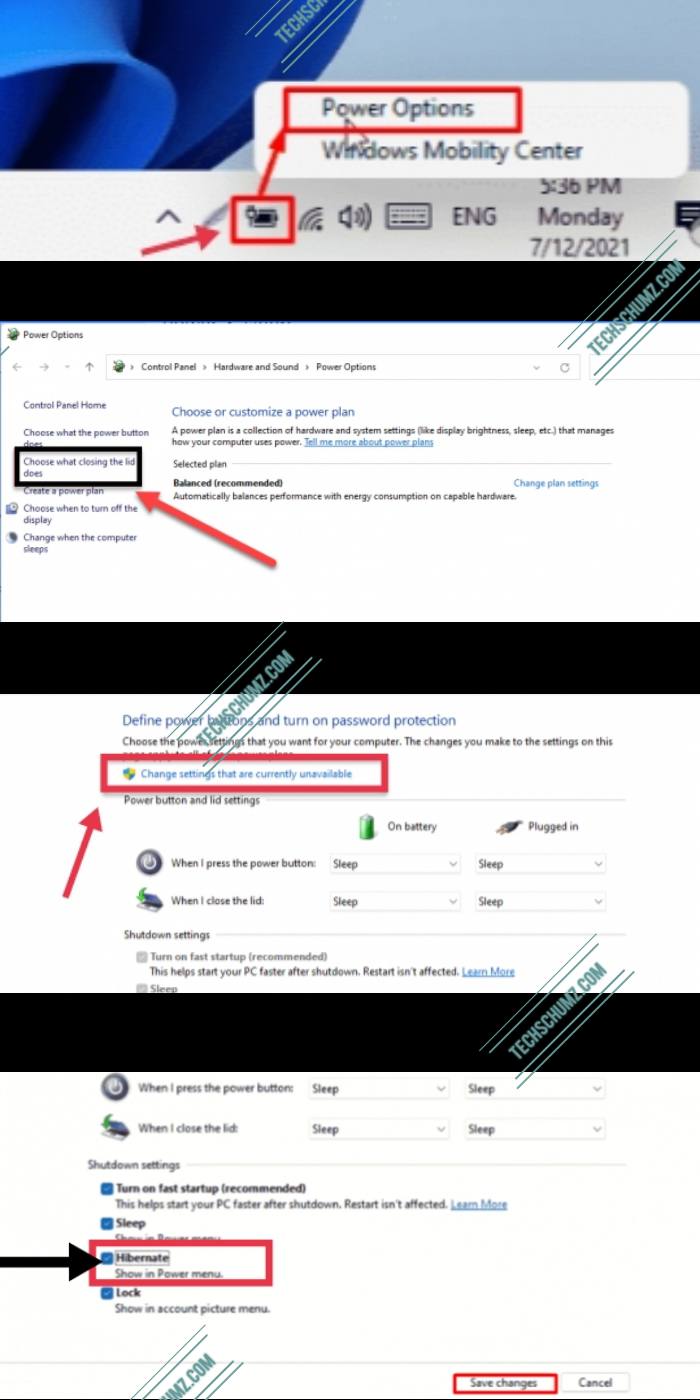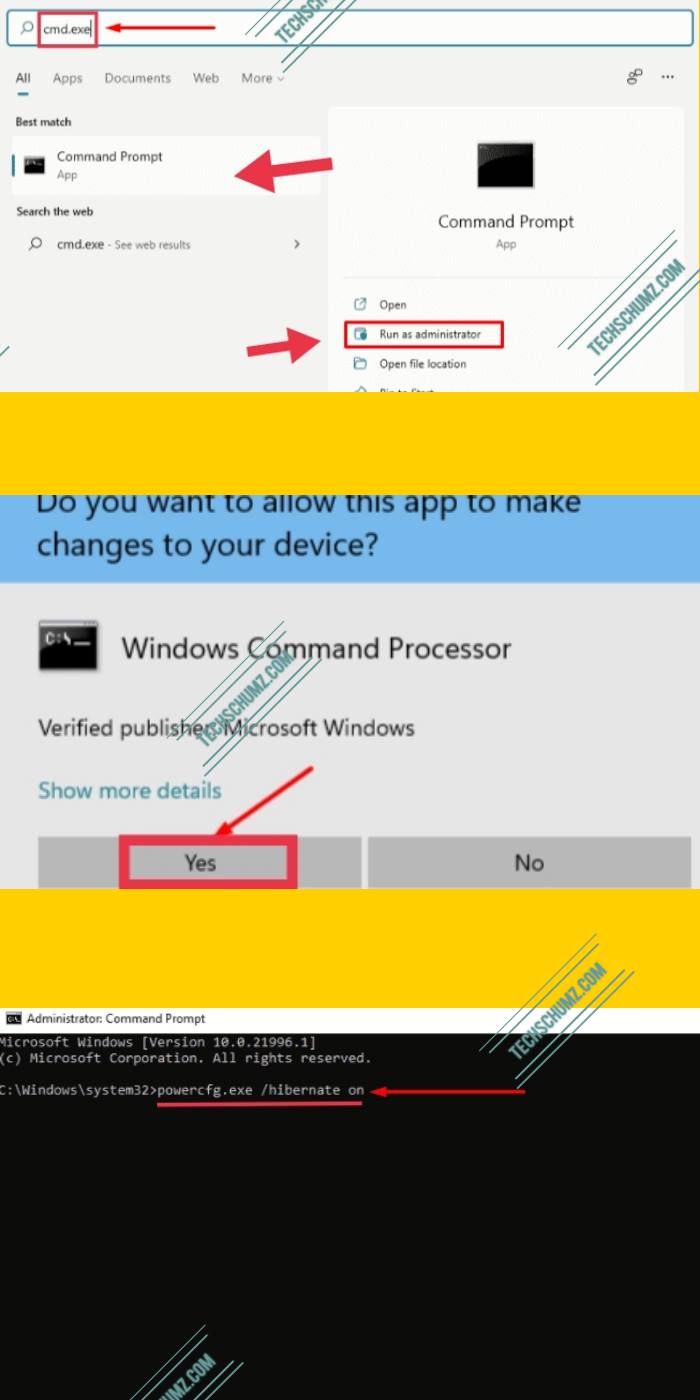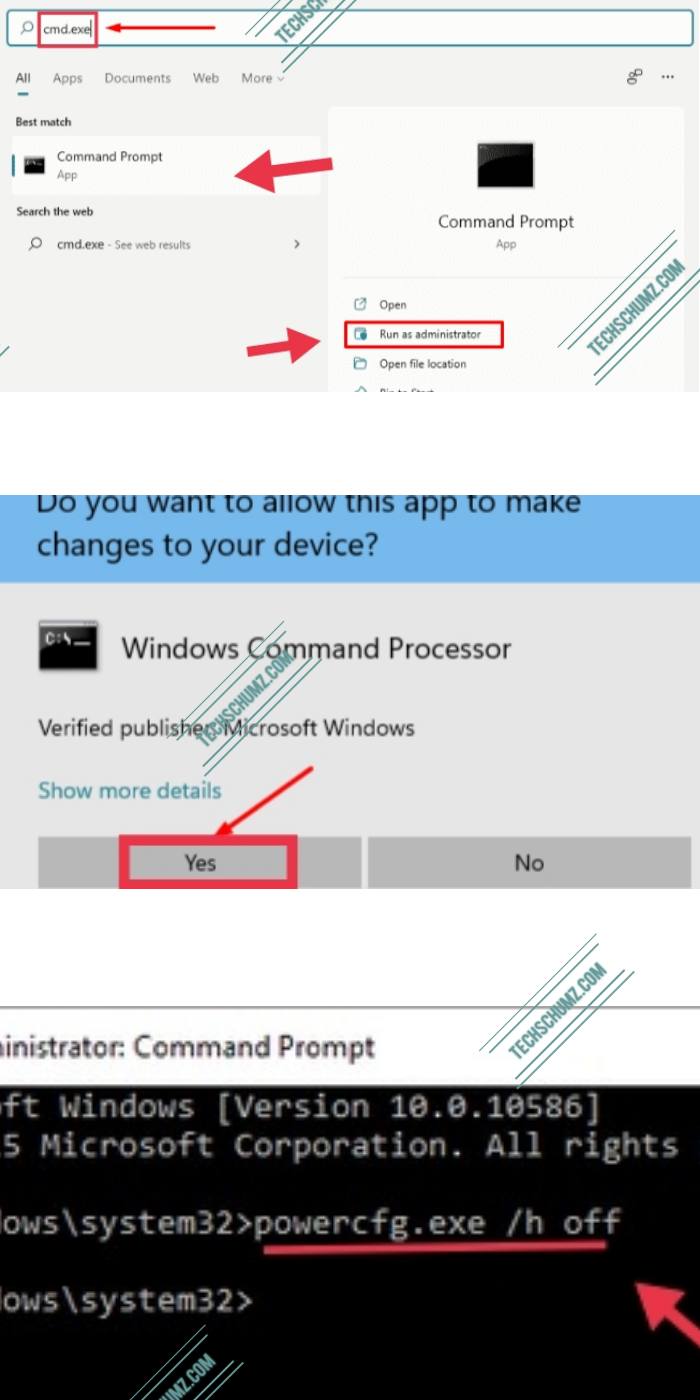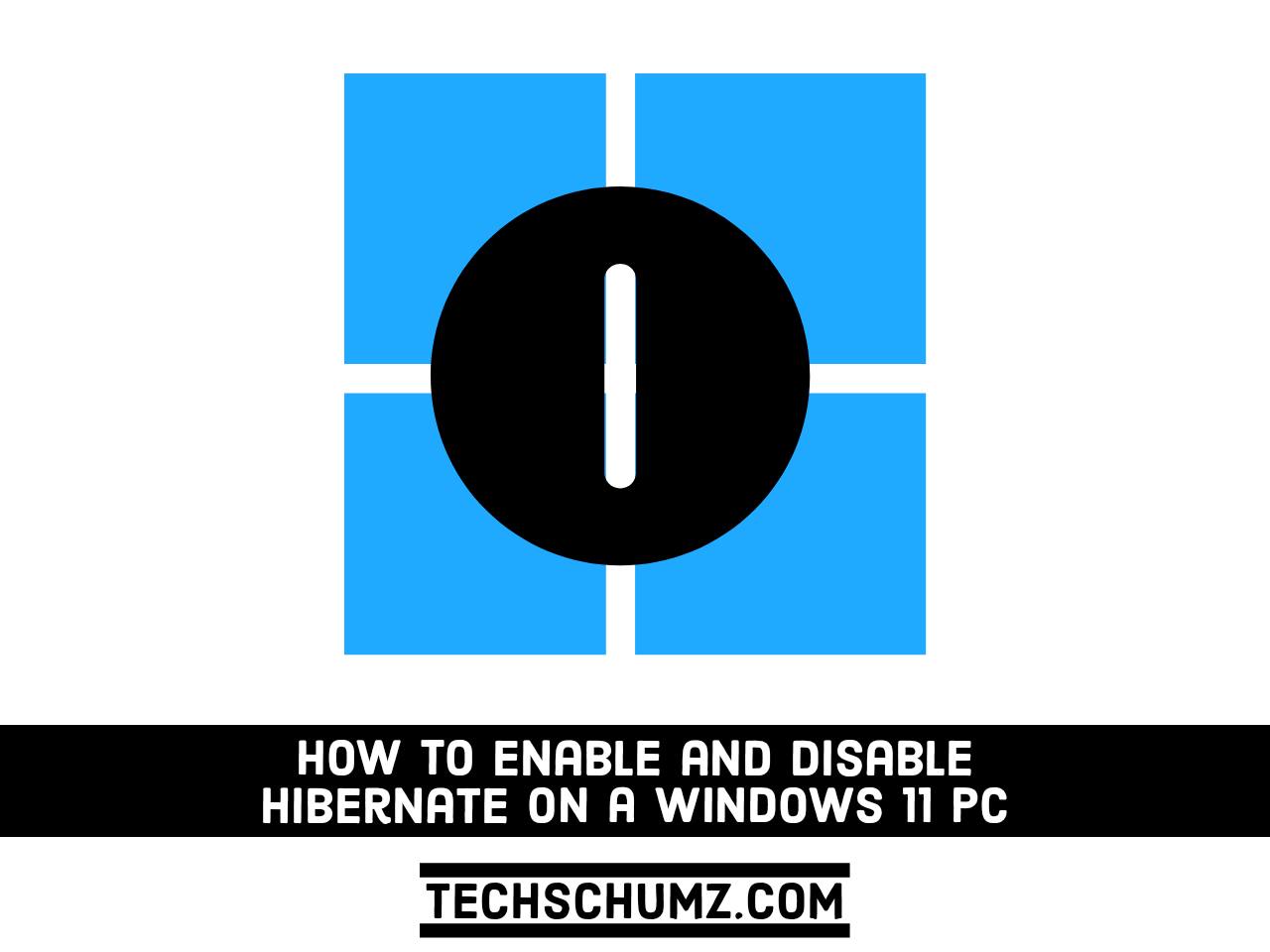Hibernation puts your PC into a power-saving state so that it can be shut down without loss of work. The application stays open, and when you turn your computer back on, you’ll be back to where you left off. It consumes less power than sleep mode. If you know you won’t be using a PC for a long time, this is a great choice. However, the power button and other power planes in Windows 11 lack hibernation options.
In this guide we will show you How to enable and disable hibernation on a Windows 11 PC or laptop. But first, what exactly does hibernation do in a computer.
What is hibernation on a Windows 11 computer?
Hibernation is a state in which you can put your computer to sleep instead of shutting it down. When your computer is asleep, it takes a snapshot of your system files and drivers and saves them to your hard drive before shutting down. Hibernation allows your computer to start up faster because you don’t have to reset these files and settings. To learn more about hibernation and sleep modes, visit How-to-Geek.
Windows 11 has a quick start feature that can start faster. Hence, you can choose the hibernation option instead of shutting it down. By default, most Windows 11 PCs will leave hibernation on, but you won’t find it in the power menu. If you want to add a hibernation option to the Start menu in Windows 11, this post will help.
Use Power Options to enable and disable hibernation on a Windows 11 PC
Power Options is one of the hassle-free ways to enable and add the hibernation feature on your PC or laptop running Windows 11. Also, use the power options to permanently disable hibernation in Windows 11. You can access the power options through the control panel or you can simply click the battery icon in the system tray.
Enable hibernation in Windows 11 using the power options
- Right click on the Battery icon present in the notification area and tap on ‘Energy settings. ‘
- When the Power Options window opens, tap the ‘Choose what you want the power button to do‘Link from the left sidebar.
- Then click on the ‘Change settings that are currently unavailable ‘ Possibility.
- You will now see the Shutdown Settings section. Check the box for the ‘Overwinter ‘ Possibility.
- Finally click on the ‘Save Changes’ Button to save changes.

Disable hibernation in Windows 11 via the power options
- As in the previous steps, right-click the Battery icon, then choose ‘Energy settings. ‘
- Click on ‘Choose which power button does“From the left sidebar.
- Tap on ‘Change settings that are currently unavailable. ‘
- Uncheck the box for Overwinter Option, then tap ‘save Changes‘to save the setting.

Use Command Prompt to enable and disable hibernation on a Windows 11 PC
You can also use Command Prompt (CMD) to enable and add the hibernation feature on your Windows 11 computer, or you can disable it as well. All you have to do is run a few command lines. That’s all!
Enable hibernation in Windows 11 using the command prompt
- Open the command prompt by searching for it in Windows 11 search icon.
- After the symbol “Execute as administrator Possibility to continue.
- Now, if you want to enable the hibernation feature, enter the following command and then click Enter Execute button to save the command.
Powercfg /hibernate on

Once you follow the steps above, the hibernation feature will be activated and added to your Windows 11 computer.
Disable hibernation in Windows 11 from the command prompt
- First, open the command prompt by clicking Windows 11 search icon and tap cmd.
- Then tap on ‘Execute as administrator’ to open it with administrator rights.
- Now run the following command to disable or disable the hibernation feature.
Powercfg /hibernate off

After carefully following the above steps, it will turn off the hibernation feature on your Windows 11 PC or laptop.
last words
These are two easy ways that you can turn the hibernation feature on or off on your Windows 11 computer if you’re a hibernation fan. To enable or disable it, you can use the power options or use the command prompt, whichever you want. We hope you find this guide helpful. If you have any questions, please let us know in the comments section below. Good luck!
Also read:
- How to find your IP address on a Windows 11 PC
- How to show hidden files and folders on Windows 11
